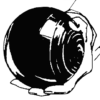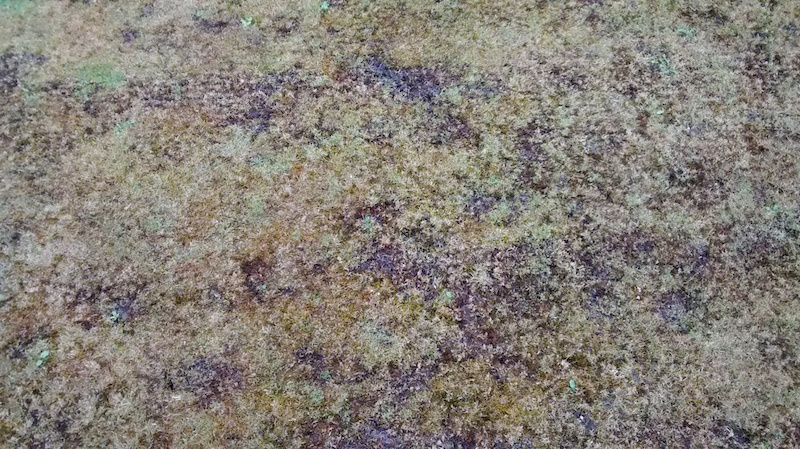One of the most common challenges in maintaining bowling greens is dealing with Localised Dry Patch (LDP), a condition caused by hydrophobic (water-repelling) soil. This issue is particularly prevalent in sandy soils, which many bowling greens have due to years of high-sand top-dressing.
To combat LDP, greenkeepers often turn to wetting agents. But what exactly are these, and are they as “nasty” as some believe?
Wetting agents are substances that reduce the surface tension of water, allowing it to penetrate the soil more easily. They work by having a water-attracting (hydrophilic) head and a water-repelling (hydrophobic) tail. When added to water, they orientate themselves so that the hydrophilic heads are in the water and the hydrophobic tails are in the air, effectively reducing the surface tension of the water.
There are also block polymers, a type of wetting agent with polarised molecules that can bond with the waxy coating on soil particles. This helps to maintain moisture in the soil, playing a key role in allowing your rootzone to recover from LDP.
Now, let’s address the elephant in the room: are wetting agents toxic?
The answer is, it depends. Some wetting agents are made from harsh chemicals that can be harmful to the environment and potentially toxic to humans, animals and water courses. However, wetting agents made from biodegradable and environmentally friendly ingredients are available. These products are designed to be safe for use around people, pets, and wildlife, and they break down naturally in the soil over time, leaving no harmful residues behind.
Some chemicals that are considered to be at the harsher end of the scale include nonylphenol ethoxylates (NPEs) and alkylphenol ethoxylates (APEs). These are synthetic surfactants that are non-biodegradable and can be harmful to aquatic life. They have been widely used in the past, but their use is being phased out due to environmental concerns.
In terms of the latest technology in sustainable wetting agents, there is a growing interest in the development of bio-based surfactants. These are derived from renewable resources and are designed to be biodegradable and less toxic to the environment. For example, rhamnolipids are a type of bio-surfactant produced by bacteria that have shown promise as a sustainable alternative to synthetic surfactants. Another example is the use of lignin, a byproduct of the paper industry, to produce surfactants. This not only provides a use for a waste product, but also results in a surfactant that is biodegradable and less harmful to the environment.
Natural Wetting Agents
Yucca-derived wetting agents are considered to be among the friendlier wetting agents. They are derived from natural sources and are biodegradable, making them a sustainable choice. The active ingredient in Yucca is saponin, a natural surfactant that reduces surface tension of water, allowing it to spread and penetrate more effectively.
Conclusion
While it’s true that some wetting agents can be harmful, it’s not accurate to label all wetting agents as “nasty chemicals”. As with any product, it’s important to do your research and choose a product that is safe and effective for your specific needs.
Maintaining a healthy bowling green is a balance of many factors, and wetting agents can be a valuable tool in your greenkeeping arsenal. They are especially helpful in situations where the soil or rootzone is already compromised (due to excess sand usually), inert or otherwise unable to supply sufficient moisture to the turf for sustained growth. As with all greenkeeping materials, you should use them responsibly and in conjunction with other best practices for soil and turf health.

